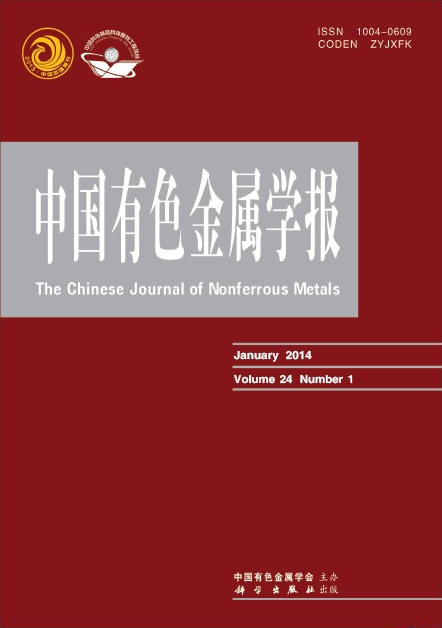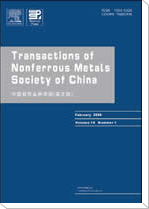(哈尔滨工业大学 材料科学与工程学院,哈尔滨 150001)
摘 要: 通过改变TiAl合金的相分布,实现在低温区对TiAl合金的热加工。TiAl合金经过不同热处理过程得到不同的相分布,随后在共析温度下对合金进行等温压缩,观察应力和组织变化,利用退火消除变形组织。经6 ℃/min升温,在1 340 ℃保温15 min,并空冷处理后的合金和经12 ℃/min升温,在1 340 ℃保温15 min,并空冷处理后的合金的最大应力比合金铸锭的小,而且试件没有开裂。在α相转变温度附近对等温压缩后的合金进行退火,合金的变形组织消失,而在再结晶温度附近进行退火的合金的变形组织没有完全消失。相的分布可以影响TiΑl合金在低温区的热加工性能,而完全消除变形组织应在α相转变温度附近进行退火。
关键字: TiAl合金;热处理;相;应力;流线组织;再结晶
(School of Materials Science and Engineering, Harbin Institute of Technology, Harbin 150001, China)
Abstract:Hot workability of TiAl alloys at low temperatures was improved by changing the phase distribution of TiAl alloys. The alloys were compressed below eutectoid temperature and annealed. The stress and microstructure were observed by scanning electron microscope. TiAl alloy has different phase distributions after different heat treatments. The maximum stress of ingot is higher than that of alloy which has been heated with cooling rate of 6 ℃/min and treated in 1 340 ℃ for 15 min and finally cooled in air to RT as well as alloy which has been heated with cooling rate of 12 ℃/min and treated in 1 340 ℃ for 15 minutes and cooled to RT during isothermal compression process. The crack is not observed in these alloys. The deformation microstructure of alloy disappears after annealing near α phase transition temperature and can be observed after annealing near the recrystallization temperature. The phase distribution affects hot workability of alloy at low temperatures and the annealing near α phase transition temperature completely eliminates the deformation microstructure.
Key words: TiAl alloy; heat treatment; phase; stress; streamline microstructure; recrystallization


